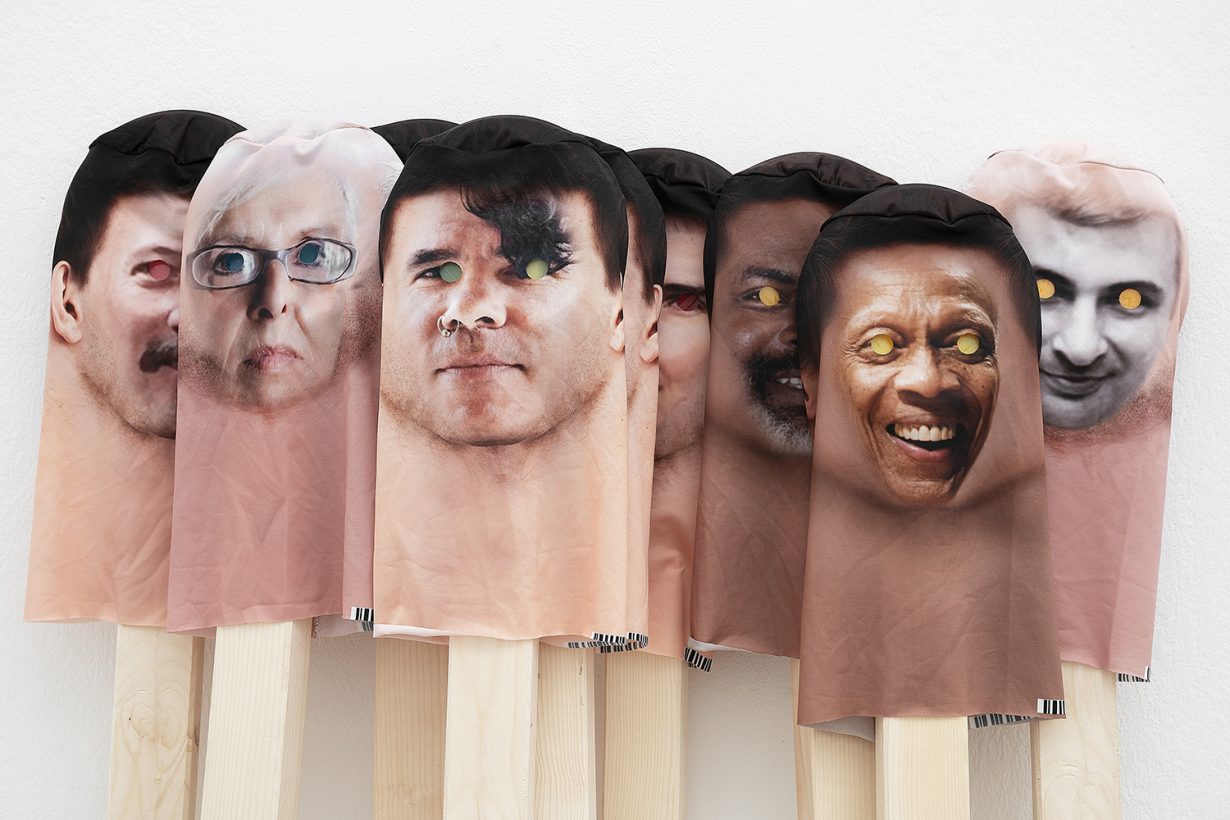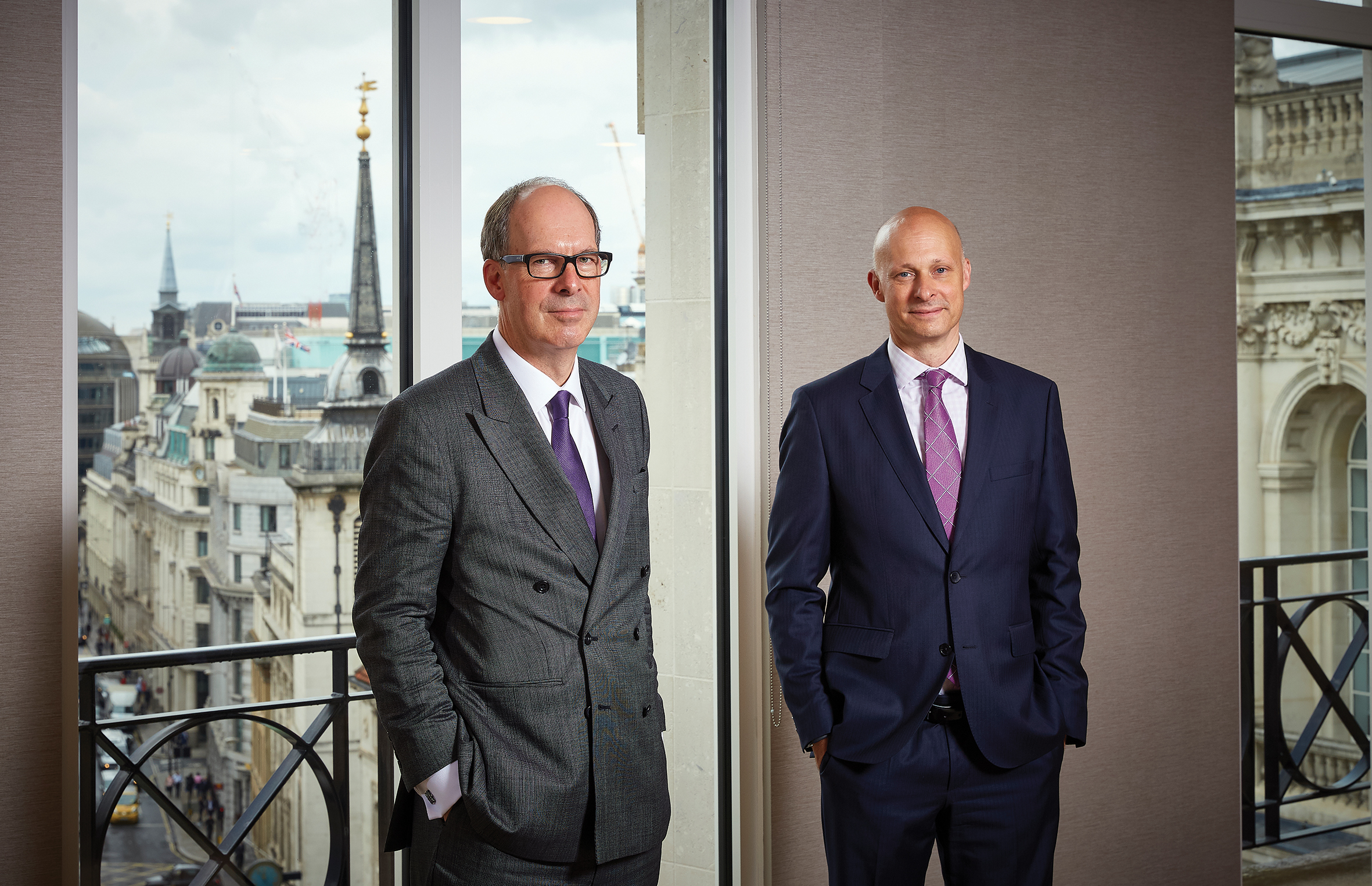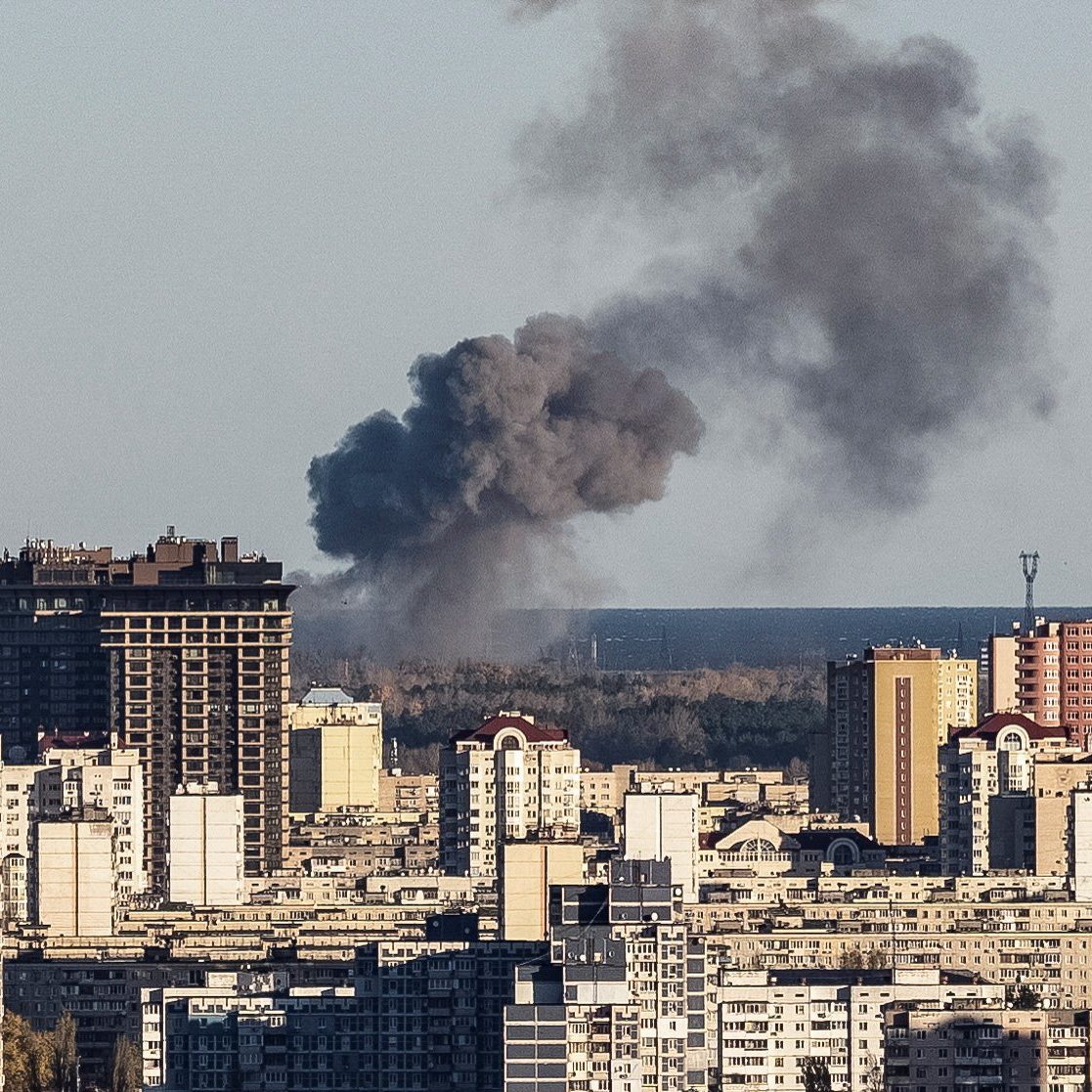A Global Artworld 1850-1950: An Art Review For 2025

Table of Contents
The Rise of Realism and its Global Variations
Realism, a dominant force in 19th-century art, marked a departure from the idealized Romanticism that preceded it. Its focus on depicting the everyday lives and social realities of ordinary people revolutionized artistic representation.
Realism in Europe
European Realism, epitomized by artists like Gustave Courbet ( The Stone Breakers, 1849) and Jean-François Millet (The Gleaners, 1857), aimed for unflinching accuracy in portraying the working class and peasant life.
- Key characteristics of European Realism: Detailed representation, focus on ordinary subjects, rejection of idealized beauty, social commentary.
- Social commentary: Realist paintings often served as social critiques, exposing poverty, inequality, and the harsh realities of industrialization.
- Influence: Realism’s influence is evident in subsequent movements, paving the way for Impressionism's focus on capturing fleeting moments and the social realism of later 20th-century art. Its impact on 19th-century art is undeniable.
Realism's Global Echoes
While originating in Europe, Realism found expression in diverse cultural contexts globally.
- American Realism: Artists like Thomas Eakins ( The Gross Clinic, 1875) and Winslow Homer captured the realities of American life, emphasizing accuracy and detail.
- Latin American Realism: Artists like Pedro Américo ( Tiradentes, 1893) incorporated national identities and narratives within a realist framework.
- Global Realism: The spread of Realism showcases the universal appeal of depicting the everyday, even while reflecting unique cultural experiences within the broader framework of "Global Realism" and its contribution to Art History. This reveals the interconnectedness of artistic movements and the complexities of artistic influence across geographical boundaries and within international art.
The Impact of Impressionism and Post-Impressionism
The late 19th century witnessed the rise of Impressionism and its subsequent evolution into Post-Impressionism, profoundly altering the course of Western art and contributing significantly to Modern Art.
Impressionism's Revolutionary Techniques
Impressionist painters, including Claude Monet (Impression, soleil levant, 1872), Pierre-Auguste Renoir, and Edgar Degas, revolutionized painting through their innovative techniques.
- Key characteristics of Impressionism: Emphasis on light and color, capturing fleeting moments, broken brushstrokes, open composition.
- Rejection of academic art: Impressionists rejected the rigid conventions of academic art, embracing spontaneity and a focus on subjective experience.
- Influence: Impressionism's influence on subsequent artistic movements, particularly Post-Impressionism and Modern Art, is undeniable, fundamentally changing the understanding of French Art and its place within Modern Art movements.
Post-Impressionism's Diverse Expressions
Post-Impressionism built upon the achievements of Impressionism but expanded its scope to explore more personal and expressive approaches.
- Key characteristics of Post-Impressionism: Subjective expression, symbolic representation, exploration of form and structure, diverse stylistic approaches.
- Van Gogh, Cézanne, Gauguin: Vincent van Gogh's emotional intensity, Paul Cézanne's exploration of form, and Paul Gauguin's symbolic use of color exemplify the movement's diversity.
- Legacy: Post-Impressionism's exploration of subjective experience and its move towards Expressionism and Symbolism paved the way for the artistic innovations of the 20th century. It significantly impacted the development of 19th and 20th-century art and artistic innovation.
The Emergence of Modernism and its Global Reach
The early 20th century witnessed the explosive emergence of Modernism, characterized by a rejection of traditional artistic conventions and a search for new forms of expression.
Early 20th-Century Modernist Movements
Several significant movements defined early Modernism, each with its unique characteristics:
- Fauvism: Bold colors and expressive brushwork (e.g., Henri Matisse).
- Cubism: Fragmentation of form and perspective (e.g., Pablo Picasso, Georges Braque).
- Futurism: Celebration of speed, technology, and modernity (e.g., Umberto Boccioni).
- Expressionism: Emotional intensity and subjective expression (e.g., Ernst Ludwig Kirchner, Edvard Munch). These movements represent the Avant-Garde Art of the time.
Modernism Beyond Europe
Modernism was not confined to Europe; it manifested in diverse ways across the globe.
- African art: The vibrant and dynamic styles of African art influenced many modernist artists.
- Latin American modernism: Artists like Frida Kahlo and Diego Rivera integrated indigenous traditions and social commentary into their modern art.
- Asian art: Diverse artistic traditions in Asia contributed to the global development of modern art. The study of "Global Modernism" and "Non-Western Art" helps contextualize artistic development within the complexities of colonialism, globalization, and the decolonization of art history.
Reassessing the Global Artworld 1850-1950 in 2025
This exploration of the Global Artworld 1850-1950 reveals a rich tapestry of artistic innovation, highlighting the interconnectedness of movements and the vital contributions of artists from various cultural backgrounds. This period laid the foundations for many aspects of contemporary art. The ongoing influence of these historical artistic movements underscores the importance of continuing to critically examine this era through a more inclusive and nuanced lens, actively challenging Eurocentric biases in our understanding of "Art History" and "Colonialism and Art."
To deepen your understanding of the Global Artworld 1850-1950, we encourage you to visit museums featuring works from this period, explore online resources and scholarly articles, and engage in critical discussions about the history of art. Further research into specific artists and movements mentioned here will enrich your appreciation of this pivotal era in art history. Discover the continued relevance of the Global Artworld 1850-1950 and its lasting impact on the art world today.

Featured Posts
-
 Toxic Chemical Residues From Ohio Train Derailment Found In Buildings After Months
May 19, 2025
Toxic Chemical Residues From Ohio Train Derailment Found In Buildings After Months
May 19, 2025 -
 Suecia Elige A Un Grupo Finlandes Para Eurovision 27 Anos Despues De Vuelta Al Sueco
May 19, 2025
Suecia Elige A Un Grupo Finlandes Para Eurovision 27 Anos Despues De Vuelta Al Sueco
May 19, 2025 -
 China To Us Container Shipping Key Insights From Payden And Rygel
May 19, 2025
China To Us Container Shipping Key Insights From Payden And Rygel
May 19, 2025 -
 Russias Renewed Drone Offensive Ukraines Defense Under Pressure
May 19, 2025
Russias Renewed Drone Offensive Ukraines Defense Under Pressure
May 19, 2025 -
 Fsu Shooting Victims Father A Cuban Exile And Cia Operative
May 19, 2025
Fsu Shooting Victims Father A Cuban Exile And Cia Operative
May 19, 2025
